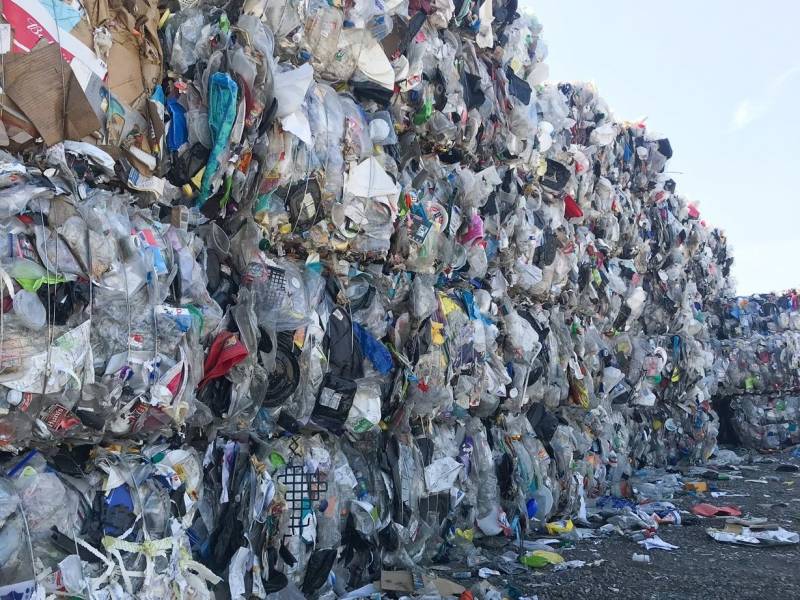The vast majority of plastic that people put into recycling bins is headed to landfills, or worse, according to a report from Greenpeace on the state of plastic recycling in the U.S.
The report cites separate data published this May which revealed that the amount of plastic actually turned into new things has fallen to new lows of around 5%. That number is expected to drop further as more plastic is produced.
Greenpeace found that no plastic — not even soda bottles, one of the most prolific items thrown into recycling bins — meets the threshold to be called “recyclable” according to standards set by the Ellen MacArthur Foundation New Plastic Economy Initiative. Plastic must have a recycling rate of 30% to reach that standard; no plastic has ever been recycled and reused close to that rate.
“More plastic is being produced, and an even smaller percentage of it is being recycled,” says Lisa Ramsden, senior plastic campaigner for Greenpeace USA. “The crisis just gets worse and worse, and without drastic change will continue to worsen, as the industry plans to triple plastic production by 2050.”
Waste management experts say the problem with plastic is that it is expensive to collect and sort. There are now thousands of different types of plastic, and none of them can be melted down together. Plastic also degrades after one or two uses. Greenpeace found the more plastic is reused the more toxic it becomes.

9(MDAxOTAwOTE4MDEyMTkxMDAzNjczZDljZA004))